8 essential steps to preparing your roof for winter
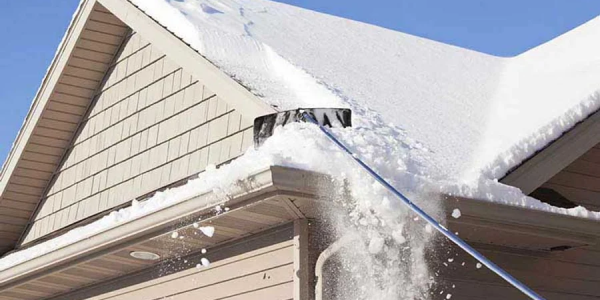
By Elite Roofing.
As the weather gets colder there are seasonal steps and adjustments people should take to safeguard their homes. Read the eight steps below!
In the upcoming months, temperatures can drop rapidly and unpredictably. It is key for homeowners to prepare their roofs ahead of the winter weather to keep them safe and secure. Not only do these precautions help protect you and your family this winter, they also extend the lifespan of the roof overall. The experts at Elite Roofing know how important protecting your roof is, so they’ve created this eight-item list of tasks to complete for the winter season!
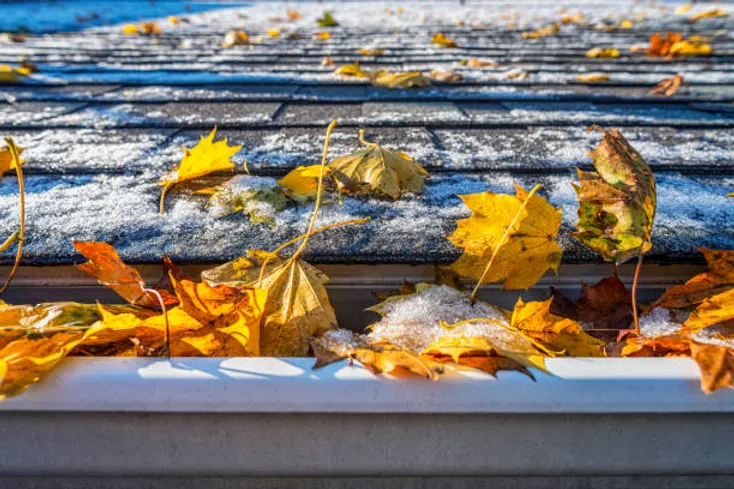
1 - Clear your gutters/downspouts
Just as we would recommend clearing your gutters and downspouts in the Fall to prevent drainage issues, we especially recommend that homeowners do so prior to the winter weather, as well! Unlike the Fall, the harsh winter temperatures can quickly turn pooling water into ice, thus leading to potential hazards and damages. If your gutters are clogged with leaves, debris and dirt, this can prevent your gutters and downspouts from draining properly and allowing water to pool in areas you definitely do not want ice to form. When water freezes, it expands, and if you have water trapped within your gutters and downspouts there is a potential that this can cause your gutters and downspouts to break/crack. Another major hazard that we’d like to note can be the accumulation of ice on your roof which can severely hurt someone if it falls.
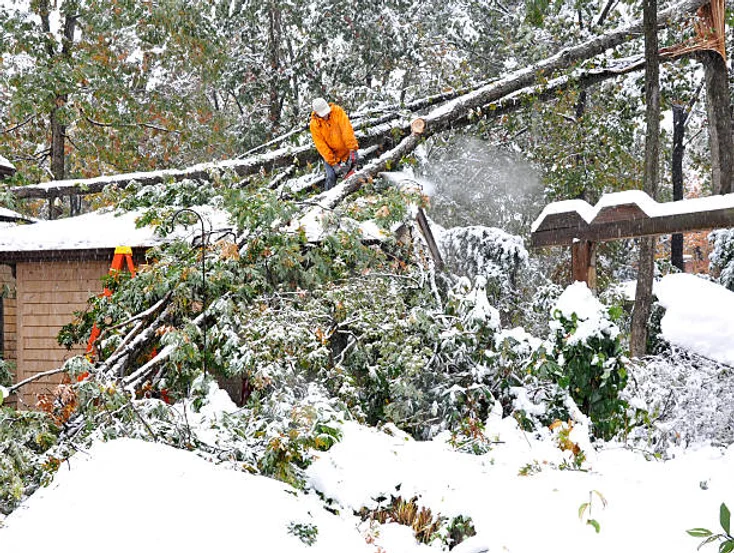
2 - Remove overhanging greenery
As part of our recommended steps for preparing your roof for fall and winter, it is important to remember to clear away any overhanging greenery that is above your roof as fallen leaves can clog your gutters and broken branches can add unnecessary weight to your home. Because of the weight that snow and ice already add to your roof, you’ll want to avoid any more unnecessary weight as this can threaten the integrity of your home's foundation.
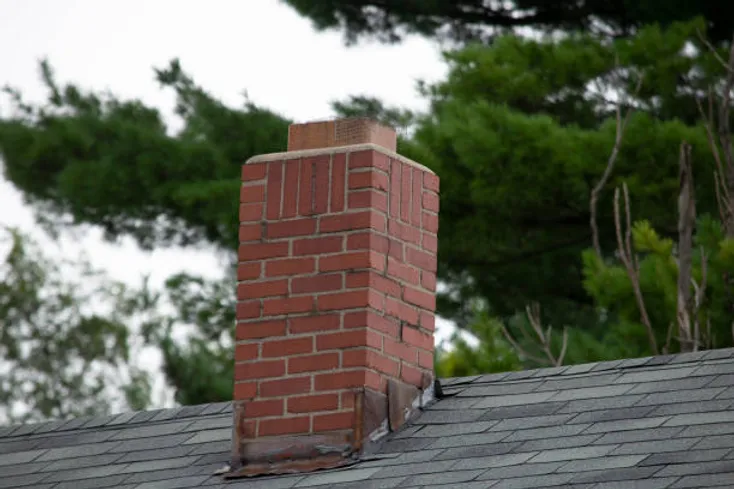
3 - Check your roofs flashing and caulking for damages
One of the most overlooked yet crucial elements of your roof is the flashing and caulking. The flashing on your roof is a thin metal board that connects and covers the joints of your roof which helps to redirect water away from these areas. If your flashing is damaged, rusted or loose, this can easily become an area of concern as water can quickly enter your home. As for the caulking, caulking has the potential to crack during colder seasons due to the temperature decrease, so it is important to make sure that the caulking is properly sealed and not damaged in any way.
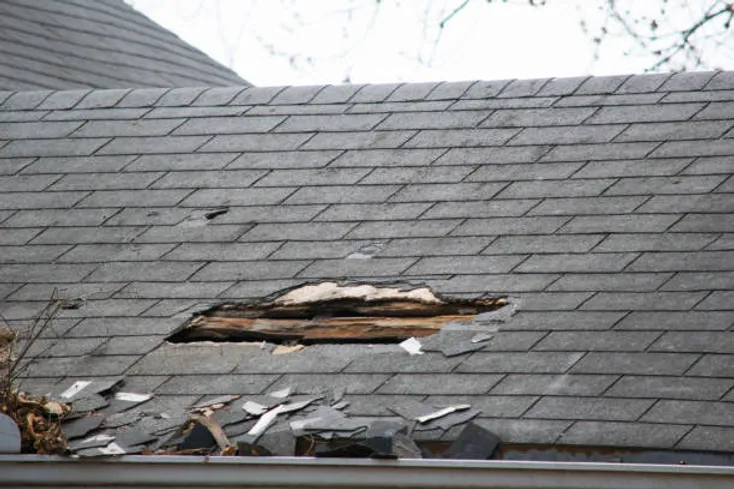
4 - Check for any visible holes/openings
As the colder weather approaches, smaller rodents and bugs will start to seek out warm places to call their home for the winter. Unfortunately, the most common and accessible habitats for these critters can be within the openings of your home (vents, chimneys and holes within the roof or siding). Squirrels, mice, bugs and other small insects/rodents can and will set up base in those small openings of your home, which can easily lead to damage both on the interior and exterior of your home. To avoid these unwanted visitors seeking warmth and shelter, it is highly recommended to get the necessary repairs needed for your home prior to the winter.
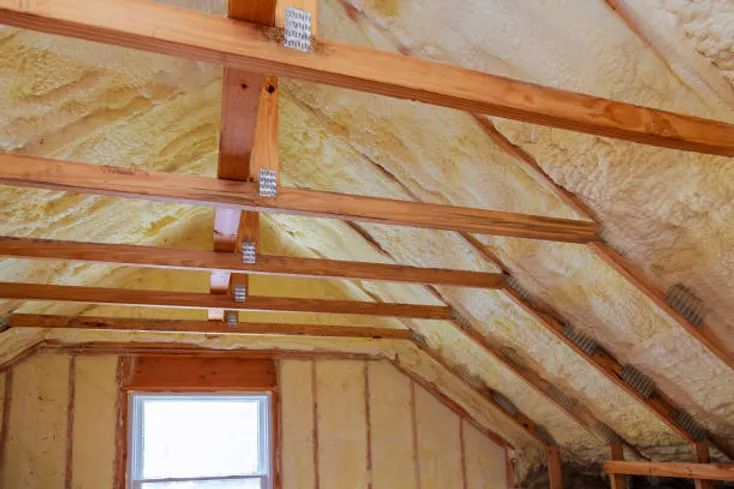
5 - Ensure that your attic is properly insulated
Another way to actively protect your roof can actually be done within the interior of your home! It is important to make sure your roof/attic has the proper insulation as it can prevent ice dams from forming and can reduce the loss of heat, thus leading to lower energy costs.
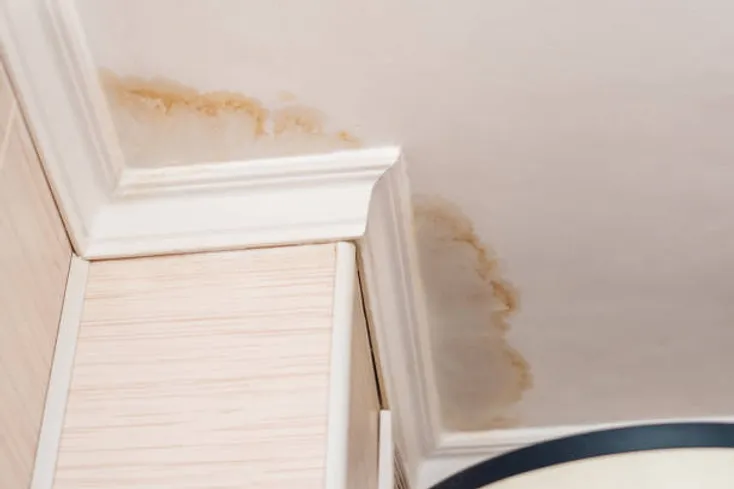
6 - Inspect the interior of your home for damages
One of the most obvious tell-tale signs of damage on/around your roof can be discovered through the interior of your home. Wet ceilings, stains and bubbling paint are all clear indications that water has permeated through your roof and into your home. As if leaks aren’t already annoying enough to deal with, the harsh winter temperatures can easily turn this water into ice, thus expanding and creating issues/major damages for wherever the water is settling.
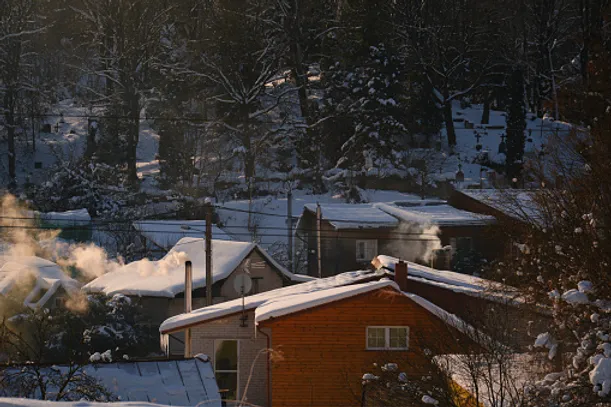
7 - Make sure your chimney is open/working properly
Although this does not necessarily affect the integrity of your roof, we always urge homeowners to make sure that their chimney is open, cleaned and working properly. If you have a fireplace that is wood burning, it is important to get your chimney cleaned regularly as the debris can easily catch fire, thus leading to an extremely dangerous and sometimes fatal situation. It is also important to make sure that the chimney vents are opening properly to avoid any blockages for the smoke to expel from the home.
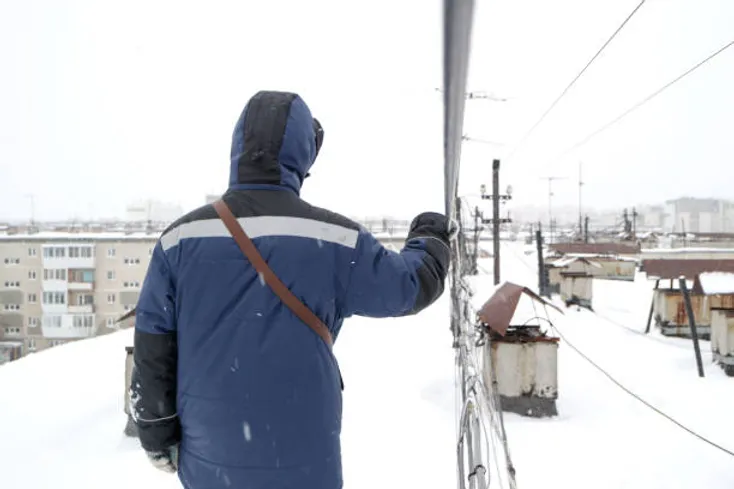
8 - Get a roof inspection from a professional
Lastly, if you've recently gotten a new roof, we always recommend that you schedule an annual roof inspection to ensure your roof has no new damage or areas of concern. When we perform annual roof inspections, some things we look out for are:
- Any evidence of ceiling cracks and leaks, the conditions of your home's fascia, gutters and drains, skylights, chimneys and vents.
- Any curled, broken or missing shingles (if you do not have a flat roof)
- Areas where water may collect especially during heavy rainfall or snowstorms to make sure your roof is draining properly
- Damaged or missing flashing points
- The overall appearance of the roof including exterior and interior to identify any surface deterioration or physical damage.
In the event that your area does get a heavy snowstorm, we do not recommend that you as the homeowner attempt to remove the snow on your own. Without the proper ladder and safety precautions, the act of attempting to remove the snow on your roof can be extremely dangerous, especially in these conditions, as snow avalanches can occur. Now that you're aware of the essential steps to take in order to winterize your roof, you’re one step closer to extending the overall lifespan and quality of your roof!
Original article source: Elite Roofing
Have a question? AskARoofer.
Find your local roofing contractor in the RoofersCoffeeShop® Contractor Directory.
Recommended For You
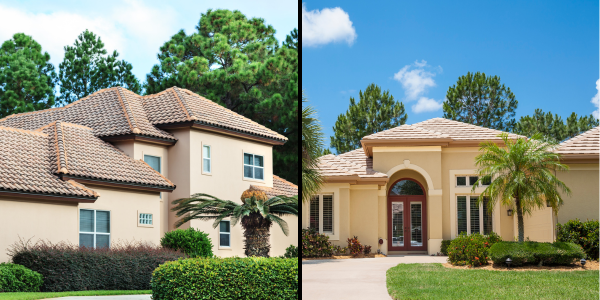
Improve your roof to invest in your future
Read More ...
Three Causes of Roof Punctures and One Perfect Solution
Read More ...
Solutions for aging metal roofs: Pros and cons
Read More ...




Comments
Leave a Reply
Have an account? Login to leave a comment!
Sign In